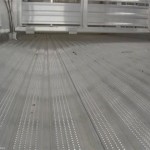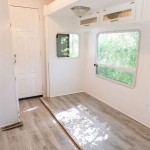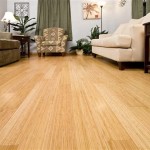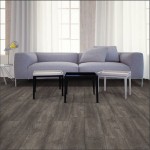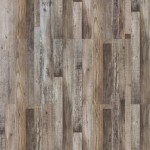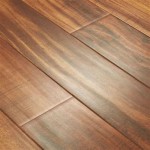What Is Engineered Wood Flooring?
Engineered wood flooring is a composite flooring material that combines a thin layer of real wood (often referred to as the veneer) with a base layer or core made of plywood or other sturdy materials. The veneer is typically 2-6 mm thick and comes in various wood species, such as oak, maple, cherry, and walnut.
Unlike solid wood flooring that is made from a solid piece of wood, engineered wood flooring has a more stable construction that makes it less susceptible to warping, cupping, and gapping caused by changes in moisture levels or temperature fluctuations. This stability makes it an excellent choice for use in areas with high foot traffic or wide temperature ranges, such as kitchens, bathrooms, and basements.
Benefits of Engineered Wood Flooring
In addition to its stability, engineered wood flooring offers numerous other advantages:
- Durability: The combination of a real wood veneer with a sturdy base layer creates a durable flooring surface that resists scratches, dents, and wear.
- Water resistance: While not waterproof, engineered wood flooring has better water resistance compared to solid wood flooring, making it suitable for use in moisture-prone areas.
- Ease of installation: Engineered wood flooring is typically installed using a tongue-and-groove locking system, which simplifies the installation process and reduces installation time.
- Affordability: Engineered wood flooring is generally more affordable than solid wood flooring, making it an attractive option for those looking for a cost-effective way to achieve the beauty of real wood.
Types of Engineered Wood Flooring
Engineered wood flooring can be categorized based on the type of base layer used:
- Plywood core: Plywood is a common base layer for engineered wood flooring due to its strength and stability. It is composed of multiple layers of wood veneers glued together with the grain running in alternating directions.
- HDF (high-density fiberboard) core: HDF is a dense and moisture-resistant material made from wood fibers. It is typically used in engineered wood flooring for high-traffic areas.
Choosing Engineered Wood Flooring
When selecting engineered wood flooring, consider the following factors:
- Species: Choose a wood species that complements your home's decor and personal style.
- Finish: Engineered wood flooring can have a variety of finishes, including matte, glossy, or hand-scraped, each offering a unique aesthetic appeal.
- Installation type: Determine whether you want a floating floor installation (not attached to the subfloor) or a glue-down installation (bonded to the subfloor).
Maintenance of Engineered Wood Flooring
To maintain the beauty and longevity of your engineered wood flooring, follow these care tips:
- Regularly sweep or vacuum to remove dirt and debris.
- Deep clean with a pH-neutral wood floor cleaner and a microfiber mop.
- Use protective mats or rugs to minimize scratches and dents.
- Avoid using excessive water during cleaning.
- Protect from direct sunlight and extreme temperature changes.
Engineered wood flooring is a versatile and durable flooring option that offers the beauty of real wood with enhanced stability. Its wide range of species, finishes, and installation types allows for customization to suit any home decor and lifestyle.

What Is Engineered Wood Flooring Made Of And Beyond Blog

Hardwood Vs Engineered Wood Flooring Which Is Best For You Forbes Home

Engineered Wood Floor Construction The Weinheimer Group

Best Engineered Wood Flooring For Your Home The Depot

Solid Vs Engineered Quality Hardwoods Superior Design Palo Duro

How To Install Lock Engineered Hardwood Flooring

Engineered Hardwood Flooring Vermont Wide Plank

Engineered Flooring Vs Laminate Everything You Need To Know Forbes Home

The Ultimate Guide To Engineered Hardwood Flooring Precision

Diffe Hardwood Flooring Types

